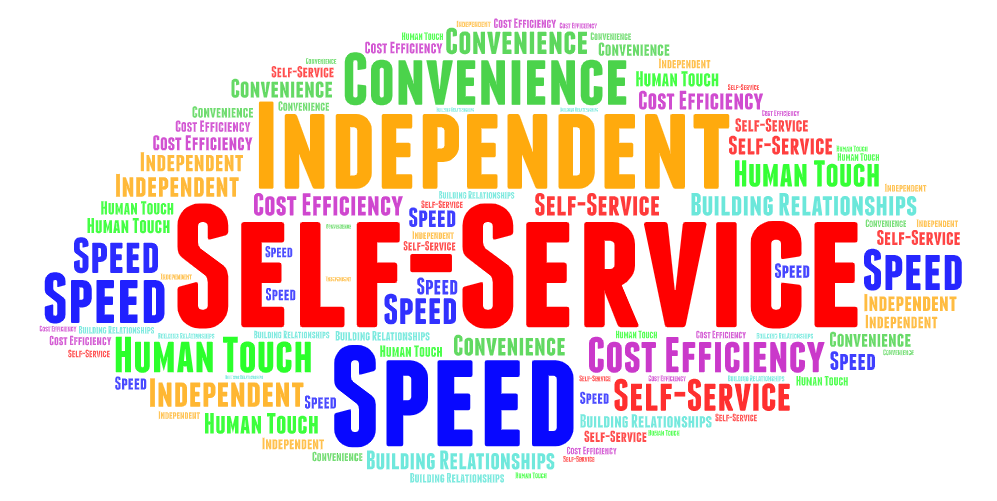Navigating Digital Transformation: Why 70% of Companies Fail and How to Be in the 30% That Succeed
Digital transformation isn't just a buzzword—it's a business imperative. Yet despite billions invested annually, studies consistently show that 70% of digital transformation initiatives fail to achieve their intended goals. The question isn't whether your business needs to evolve digitally, but rather: how can you ensure your transformation efforts actually deliver results?
As business leaders, we've all heard the success stories, but we rarely discuss the failures lurking behind the statistics. Today, let's dive into why most digital transformations fail and, more importantly, how you can position your organization among the successful 30%.
The Hidden Costs of Digital Transformation Failure
💡 Quick Stat: The average cost of a failed digital transformation project ranges from $900,000 to $2.8 million, according to McKinsey research.
When digital transformation initiatives fail, the impact extends far beyond the initial investment. Organizations face:
- Employee Resistance and Decreased Morale: Teams become skeptical of future technology initiatives
- Customer Experience Disruption: Poorly implemented systems often create more problems than they solve
- Competitive Disadvantage: While competitors advance, failed initiatives leave you further behind
- Resource Drain: Time, money, and leadership attention diverted from core business operations
The Top 5 Reasons Digital Transformations Fail
Understanding why transformations fail is the first step toward ensuring yours succeeds. Here are the most common pitfalls:
1. Lack of Clear Vision and Strategy
Many organizations jump into digital transformation without a clear understanding of what they want to achieve. They focus on implementing trendy technologies rather than solving specific business problems.
The Fix: Start with your business outcomes first. What customer pain points are you solving? What operational efficiencies are you seeking? Technology should serve your strategy, not drive it.
2. Inadequate Change Management
Technology is only 20% of the transformation equation. The other 80% is people and process change. Organizations that underestimate the human element consistently struggle.
The Fix: Invest heavily in change management from day one. This includes communication, training, and creating champions within your organization who can advocate for the transformation.
3. Choosing the Wrong Technology Partners
Not all technology vendors understand your industry or business model. Partnerships that look good on paper often fail in practice when vendors can't deliver industry-specific solutions or adequate support.
The Fix: Thoroughly vet potential partners. Look for proven experience in your industry, strong support infrastructure, and alignment with your long-term goals.
4. Underestimating Implementation Complexity
Digital transformation touches every aspect of your business—from customer touchpoints to internal workflows. Many leaders underestimate the complexity of integrating new systems with existing processes.
The Fix: Plan for complexity. Build buffer time into your timeline, prepare for unexpected challenges, and maintain flexibility in your approach.
5. Insufficient Leadership Commitment
Transformation requires sustained leadership attention and resource allocation. When executives treat it as a "set it and forget it" initiative, failure is almost inevitable.
The Fix: Establish clear governance structures, regular review processes, and ensure leadership remains actively engaged throughout the transformation journey.
The Success Framework: 4 Pillars of Effective Digital Transformation
Organizations that successfully navigate digital transformation typically excel in four key areas:
Pillar 1: Customer-Centric Vision
Start with your customers' evolving needs and work backward to the technology solutions. Ask yourself:
- How can technology improve our customer experience?
- What digital touchpoints do our customers expect?
- Where are our current processes creating friction?
Pillar 2: Integrated Technology Strategy
Successful transformations don't just add new technology—they create integrated ecosystems where systems work together seamlessly. This includes:
- CRM optimization and integration
- Automated workflow implementation
- Data analytics and reporting capabilities
- Cybersecurity and compliance measures
Pillar 3: People-First Change Management
The most sophisticated technology fails without proper adoption. Winning organizations:
- Communicate the "why" behind changes clearly and consistently
- Provide comprehensive training and ongoing support
- Celebrate early wins to build momentum
- Address resistance proactively with empathy and understanding
Pillar 4: Continuous Improvement Culture
Digital transformation isn't a destination—it's an ongoing journey. Successful companies:
- Regularly measure and analyze results
- Gather feedback from employees and customers
- Make iterative improvements based on data
- Stay agile and ready to pivot when needed
Making It Practical: Your 90-Day Quick Start Guide
Ready to begin your transformation journey? Here's a practical 90-day framework:
Days 1-30: Assessment and Vision
- Conduct a comprehensive audit of current systems and processes
- Interview key stakeholders and customers about pain points
- Define clear, measurable transformation goals
- Begin building your internal change management team
Days 31-60: Strategy and Planning
- Research and evaluate potential technology partners
- Develop detailed implementation roadmap
- Create communication strategy for organization-wide rollout
- Establish success metrics and monitoring processes
Days 61-90: Pilot and Preparation
- Launch small-scale pilot program with select team or department
- Gather feedback and refine processes
- Finalize training materials and support resources
- Prepare for broader organizational rollout
The Bottom Line: Transformation Success Requires the Right Partnership
Digital transformation doesn't have to be a journey you take alone. The most successful organizations recognize that expertise, experience, and objective guidance are invaluable assets in navigating complex technology initiatives.
Whether you're looking to optimize your CRM systems, implement automation solutions, or completely reimagine your customer experience, having the right consulting partner can mean the difference between joining the 70% who struggle and the 30% who succeed.
Ready to ensure your digital transformation succeeds? The team at IPI Solutions has guided countless organizations through successful technology implementations and operational improvements. We don't just help you choose the right technology—we ensure your team is prepared, your processes are optimized, and your transformation delivers real business results.
👉 Take the first step toward transformation success. Visit getipisolutions.com to schedule your complimentary transformation strategy session. Let's discuss how to position your organization among the 30% who achieve their digital transformation goals.









